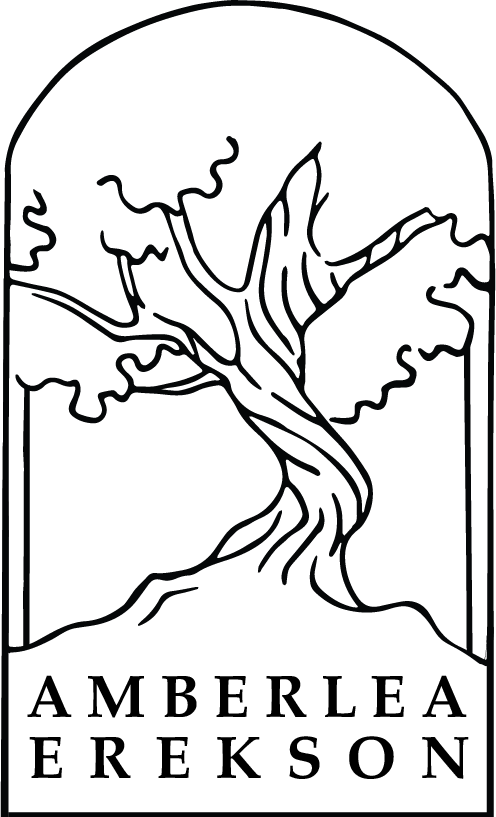The fourth painting in The Alpha and Omega Series mirrors the second, drawing a deliberate and poignant parallel between Christ’s birth and His death. Just as He was swaddled in cloth and laid in a stone manger at the beginning of His mortal life, He is wrapped in burial linen and placed in a stone sepulcher at the end. The stone surfaces—first a manger, now a tomb—serve as profound symbols, marking both His humble entrance into the world and His ultimate triumph over death.
On the periphery, Mary Magdalene and Joseph of Arimathea stand in quiet sorrow, their grief echoing the reverence of Mary and Joseph at Christ’s birth. The swaddling clothes that once cradled the newborn Savior now find their somber counterpart in the burial linen, highlighting the continuity of His divine mission. From the moment He entered mortality, His life pointed unwaveringly to His atoning sacrifice. Though seemingly disparate, the stone manger and the stone tomb are bound by divine purpose—bookends to a life of infinite love and eternal significance.
The muted tones of the sepulcher stand in contrast to the radiance to come, symbolizing a moment of stillness and transition. Much like the manger, the tomb is not an ending but a beginning—a sacred threshold between mortality and eternity. Framed by these humble settings, Christ’s mission comes into sharp focus: His birth and death were not isolated events but vital threads in the tapestry of salvation, each underscoring His ultimate purpose.
From the humble stable to the quiet grave, Christ’s life is framed by His ultimate mission: to bring eternal life through His death and Resurrection. In this portrayal, we see that Christ’s humble birth in a manger and His burial in a tomb both teach us the same truth: He was born to die so that we might live again in Him.
---
This painting was on the artist’s easel the night her father passed away. Touching his broken, lifeless body and coming to terms with the reality of his passing was almost unbearable. In the aftermath of such a profound loss, she found herself drawn into deep reflection. Seeing him one final time—still, silent, and at peace—brought to mind the imagery of the tomb. In many ways, this painting became a vessel for her grief, a canvas on which she could process her sorrow, reflect on the fragility of life, and seek solace in her faith. It intertwines the deeply personal pain of losing her father with universal themes of sacrifice, love, and the eternal hope of resurrection.
---
This is the fourth painting in The Alpha and Omega Series, a collection of five oil paintings depicting key moments in Jesus Christ's life, from His pre-mortal offering to His eternal advocacy. Each painting intertwines love, sacrifice, and resurrection themes, creating a chiasmus where the first and last, second and fourth pieces mirror each other, and the third stands as the climactic center. Together, they reveal Christ’s role as Alpha—the beginning—and Omega—the completion.










